The Rivers of Africa
Rivers of Africa
Rivers are large natural streams of water that flow into other water bodies. They are formed in watershed areas, which are bounded by hilltops or ridges. As rain falls and snow melts on the hillsides, the water runs downhill forming a river channel.
The size of a river depends on the amount of rainfall and snowfall in the watershed areas.
Nile
- At Khartoum, it is joined by the Blue Nile which starts from Lake Tana on the Ethiopian Highlands. The Nile flows from 3,000 kilometres through the dry Sahara Desert of Egypt and enters the Mediterranean Sea. Egypt is called the gift of the Nile because without the river it would have been a desert.
The most important ones are the Nile, the Congo, the Niger and the Zambezi. River Nile This is the longest river in the world. It starts from many streams in the equatorial rainforest of the Lake Victoria and Ruwenzori Mountain (the mountains of the moon) region.
From Lake Albert, it flows as the White Nile. White and Blue The Nile has two major tributaries. Considered the river’s primary stream, the White Nile flows from the north of Lake Victoria in Uganda, and descends into the Great Rift Valley over the Murchison Falls. After crossing Lake Albert, it passes onto the huge wetland plain of the Sudd. At Khartoum, Sudan, it is met by the Blue Nile, which has its source at Lake Tana in the Ethiopian Highlands.
From here, the Nile runs over a series of cataracts, or rapids, before passing through Egypt’s historic valleys.
North of Cairo, the river splits into two branches the Rosetta to the west and the Damietta to the east forming the Nile Delta as it enters the Mediterranean.
Welcome floods
The Nile Delta, one of the most populated and highly cultivated parts of Egypt, was originally formed of sediment brought down by the Blue Nile from the Ethiopian Plateau. Indeed, the flooding of the Nile has been an important annual cycle, delivering not only water but also fertile silt that replenishes the soil across the floodplain.
However, since the completion of the Aswan High Dam in 1970, the flow of the Nile has been significantly moderated, and traditional.
River Congo or Zaire
- Africa’s second longest river after the Nile, the Congo carries more water to the sea than any other river on Earth except the Amazon.
The Congo is the second longest river of Africa. It starts from the south-west of Lake Tanganyika and flows into the Atlantic Ocean.
The Zaire basin is one of the wettest regions of the Earth and is covered with dense impenetrable jungle.
The river and its network of tributaries are not navigable because of rapids and waterfalls caused by the descent from the plateau to the coast.
It is also the deepest river in the world, with sections reaching more than 660 ft (200 m) deep. From its source in the highlands of Zambia, it flows in a giant counterclockwise arc, draining a vast circular depression that covers most of the Democratic Republic of the Congo, before discharging into the Atlantic Ocean. Its route, which crosses the equator twice, covers more than 2,900 miles (4,700 km) and includes many waterfalls, rapids, broad waterways, and lakes.
The Okavango Delta
is a gently sloping inland delta in northwestern Botswana. It is fed by the Okavango River, which flows southeastward from its source in Angola through the Kalahari Desert but never reaches the ocean.
- The annual flooding of the delta by water that fell as rain in the Angolan highlands, more than 620 miles (1,000km) away, swells it to three times its usual size.
Instead, its water drains into a depression in the Kalahari Basin, where it spreads out to create an oasis comprising permanent and seasonally flooded marshlands, grassland plains, islands, and waterways.
Coinciding with Botswana’s dry season, the flooding attracts a huge influx of animals, including herbivores such as buffaloes and elephants, creating one of the greatest concentrations of wildlife in Africa.
Over 97 percent of the water that enters the delta evaporates or eventually seeps into the sand of the Kalahari Desert. What is left drains into Lake Ngami to the west.
River Niger
This river is the chief river of West Africa. It rises from the Fouta Djllon Mountain quite close to the sea but flows north and then turns south again to form a wide arc. Finally it joins the Gulf of Guinea on the Atlantic Ocean.
Also Read: most haunted places in the world
River Zambezi
River Zambezi flows into the Indian Ocean. The famous Victoria Falls at the head of a long gorge is on this river.
River Limpopo
River Limpopo also flows into the Indian Oceans, which crosses the Tropic of Capricorn twice.
River Orange
This flows from the Drakensberg Mountains into the Atlantic Ocean.


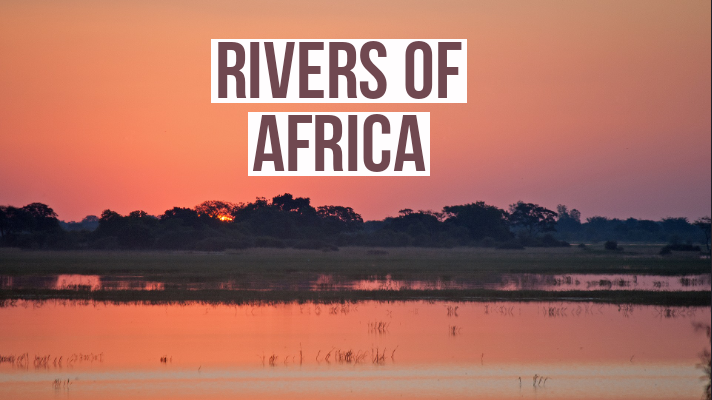
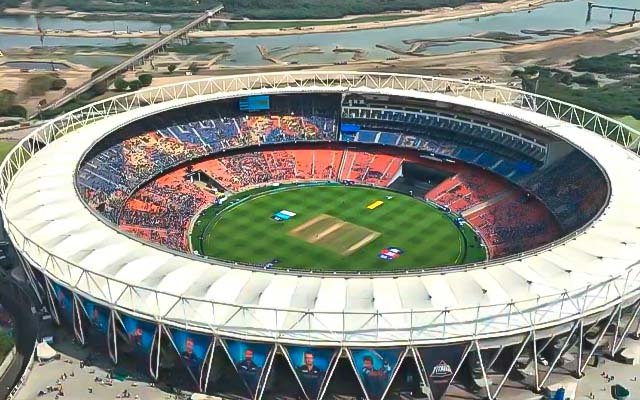
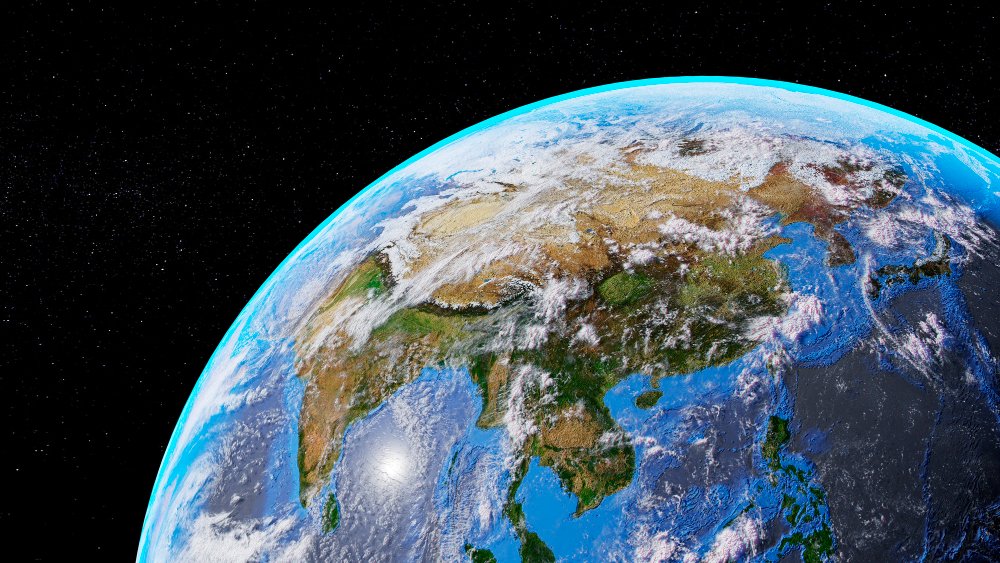
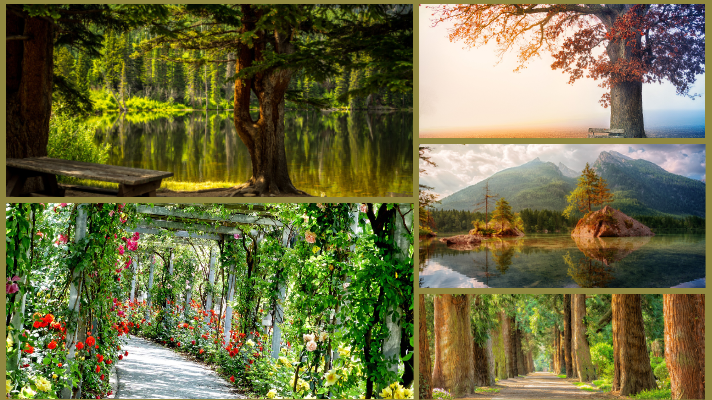

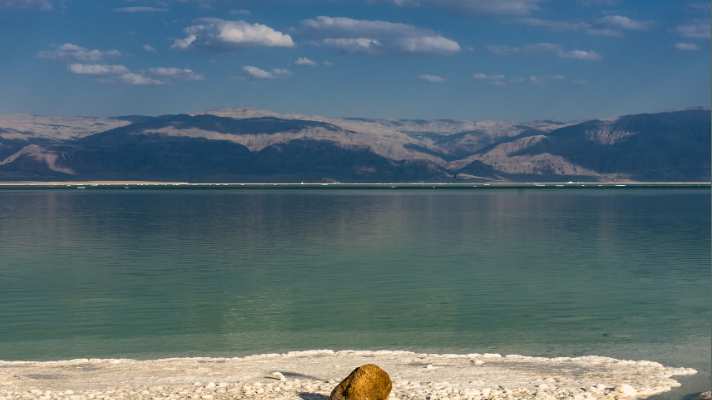





[…] The Rivers of Africa […]